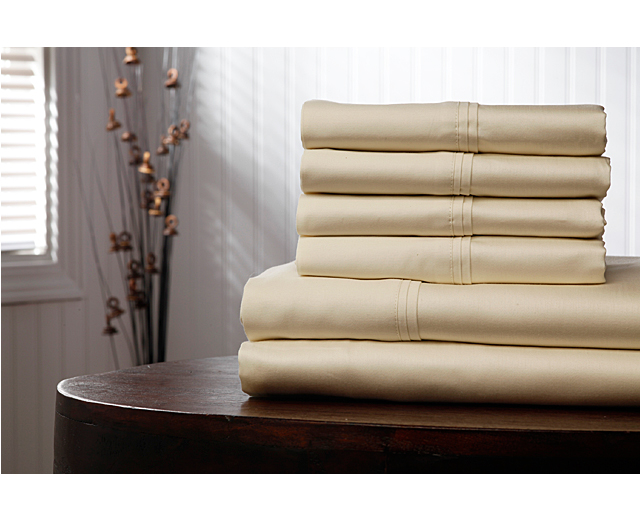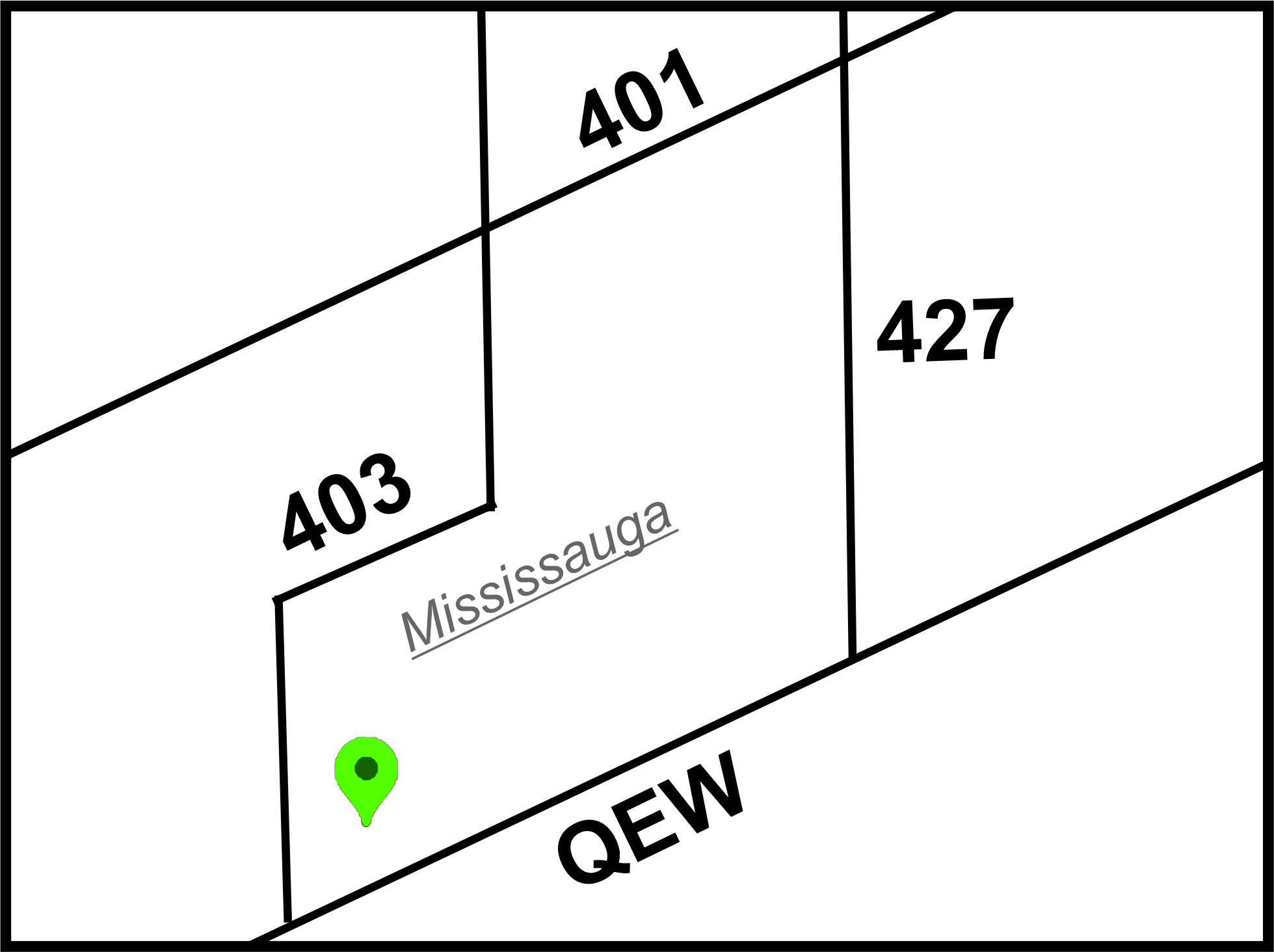
Blog Questions about beds and mattresses answered. And some stories told.

Choosing the right set of bed sheets is more than just about aesthetics—it’s about comfort, durability, and a good night’s sleep. With so many options on the market, it can be overwhelming to know where to start. This guide will walk you through the essential factors to consider, helping you make an informed decision when purchasing your next set of bed sheets.
1. Understanding Fabric Types
The fabric of your bed sheets plays a significant role in how comfortable and breathable they will be. Here are some common fabric options and their characteristics:
- Cotton: Cotton is one of the most popular choices for bed sheets due to its softness, breathability, and durability. There are several types of cotton to consider:
- Egyptian Cotton: Known for being the most luxurious, Egyptian cotton is made from long-staple fibers that produce incredibly soft and durable sheets. These sheets tend to be more expensive but worth the investment if you're after high quality and longevity.
- Pima Cotton (Supima): Another high-quality cotton type, Pima cotton sheets are soft and durable but slightly more affordable than Egyptian cotton.
- Upland Cotton: The most commonly used cotton worldwide, upland cotton is durable but not as soft as Egyptian or Pima cotton.
- Linen: Linen sheets are highly breathable, making them great for hot sleepers. They have a casual, textured look and tend to get softer with each wash. Linen sheets are durable and excellent for warm climates, though they can feel rougher compared to cotton initially and are typically pricier.
- Bamboo: Bamboo sheets are known for being soft, breathable, and eco-friendly. They’re a good option for those with sensitive skin or allergies because bamboo is naturally hypoallergenic. Bamboo sheets can be a bit more expensive, but they’re sustainable and offer moisture-wicking properties.
- Silk: Silk sheets are luxurious and smooth, offering a soft and cooling feel. They’re perfect if you want to add a sense of luxury to your bed, though they do require more care and tend to be pricier. Silk is naturally hypoallergenic and can help maintain skin and hair hydration.
- Microfiber: Microfiber sheets are made from finely woven synthetic fibers. They are soft, affordable, and wrinkle-resistant, though they might not be as breathable as natural fibers like cotton or linen. They tend to hold heat, making them better suited for colder climates.
- Tencel/Lyocell: Tencel sheets are made from wood pulp, usually eucalyptus, and are eco-friendly, soft, and breathable. These sheets are great for people with sensitive skin and those looking for an environmentally conscious option.
2. Thread Count: Does It Really Matter?
Thread count refers to the number of threads woven into a square inch of fabric. While many people assume a higher thread count means better quality, this isn’t always the case. The quality of the fiber is more important than the thread count. For example, a 400-thread-count Egyptian cotton sheet may feel much softer and last longer than an 800-thread-count sheet made from lower-quality cotton.
Here’s a rough guide to thread count for different materials:
- Cotton: 200 to 400 is a sweet spot for most cotton sheets. Sheets with a thread count higher than 600 may feel softer, but only if made from high-quality cotton.
- Linen: Linen sheets are generally measured by weight rather than thread count, so don’t get hung up on numbers. Linen’s texture is meant to be more relaxed.
- Bamboo/Tencel: These sheets often range between 300 and 500 thread count and can feel very soft even at lower thread counts.
3. Weave Types: How They Affect Feel and Durability
The weave of your sheets can influence their feel, durability, and temperature regulation. Here are a few common weave types:
- Percale: Percale is a plain weave known for its crisp, cool feel. It’s perfect if you prefer lightweight, breathable sheets, especially for warm weather or if you sleep hot. Percale sheets tend to have a matte finish and feel slightly rougher than sateen but soften with time.
- Sateen: Sateen is a satin-like weave that results in a smooth, silky finish. These sheets are heavier and warmer, ideal for cooler climates. Sateen tends to have a sheen and is prone to wrinkling less than percale.
- Twill: Twill weave is diagonal, giving the sheets a textured pattern. It’s durable and resists wrinkles, but twill sheets tend to feel a bit heavier than percale or sateen.
- Jersey: Jersey is technically a knit, not a weave. It’s soft, stretchy, and feels similar to a comfortable T-shirt. Jersey sheets are cozy and warm, making them a good choice for colder months.
4. Fit and Size: Getting the Right Fit for Your Mattress
When purchasing bed sheets, it’s important to ensure they fit your mattress properly. Here are a few considerations:
- Mattress Size: Make sure you know the exact dimensions of your mattress, including the depth. Most sheet sets come in standard sizes (twin, full, queen, king, etc.), but if your mattress is deeper than average, you may need to look for deep-pocket sheets. Deep-pocket sheets are typically designed to fit mattresses up to 18 inches thick.
- Elastic Quality: Check the elastic around the fitted sheet. High-quality elastic around the entire edge (not just the corners) will ensure the sheet stays securely in place, even on deeper mattresses.
- Pillowcases: Make sure the pillowcases are also the correct size for your pillows. Standard pillowcases usually come with twin, full, and queen sheet sets, while king sets come with larger pillowcases.
5. Seasonal Considerations
Different sheets work better for different seasons. Here’s a quick breakdown to help you choose the right fabric and weave based on the time of year:
- Spring and Summer: For warmer months, lightweight and breathable sheets like cotton percale, linen, or bamboo are ideal. These materials allow airflow and help keep you cool during the night.
- Fall and Winter: In cooler months, you’ll want sheets that trap warmth. Opt for heavier fabrics like flannel, silk, or sateen. Jersey sheets can also be a cozy, warm option.
6. Caring for Your Bed Sheets
To prolong the life of your bed sheets, follow these care tips:
- Washing: Wash your sheets in cold or warm water to prevent shrinkage and fading. Always check the care label for specific instructions, especially for delicate fabrics like silk or linen.
- Drying: Use a low-heat setting on your dryer to avoid damaging the fabric. If possible, air dry your sheets to preserve their fibers and softness. Avoid using high heat, which can weaken the fabric over time.
- Ironing: If you prefer crisp, wrinkle-free sheets, iron them while they’re slightly damp. However, some weaves like percale naturally look better with a slightly rumpled appearance, so ironing may not be necessary.
7. Eco-Friendly and Ethical Considerations
If sustainability and ethical production are important to you, look for sheets made from organic or responsibly sourced materials. Many companies offer bed sheets certified by organizations such as the Global Organic Textile Standard (GOTS), ensuring they’re produced without harmful chemicals and under fair labor conditions.
Some eco-friendly options to consider:
- Organic Cotton: Organic cotton sheets are made without pesticides or chemicals, making them a more sustainable and healthier option for the environment and your home.
- Bamboo and Tencel: Bamboo and Tencel sheets are made from renewable resources and are often produced using eco-friendly processes.
8. Budget and Durability: Finding the Right Balance
Your budget will naturally play a role in your decision-making process. It’s important to strike a balance between cost and quality. While you may find ultra-cheap sheets, they might not last long or provide the comfort you want. Investing in a mid-range or higher-quality set will pay off in terms of longevity and a more enjoyable sleeping experience.
Consider the following:
- Higher Thread Count Isn’t Always Better: Focus on the quality of the material over thread count, especially if you’re working with a budget. Good-quality cotton or linen with a lower thread count can feel just as luxurious as high thread-count sheets.
- Long-Term Durability: Sheets made from Egyptian cotton, linen, or bamboo might cost more upfront but can last longer than cheaper alternatives. Consider them an investment in your comfort.
9. Final Thoughts: Finding the Perfect Sheets for You
At the end of the day, the best sheets for you will depend on your personal preferences—whether you prioritize softness, cooling properties, or eco-friendliness. Take the time to consider factors like fabric type, weave, thread count, and size to ensure you make a well-informed choice.
A good set of bed sheets can significantly improve the quality of your sleep, so it’s worth spending a little extra time and effort to find the perfect set for your needs.



 Copyright © 2025 |
Copyright © 2025 |